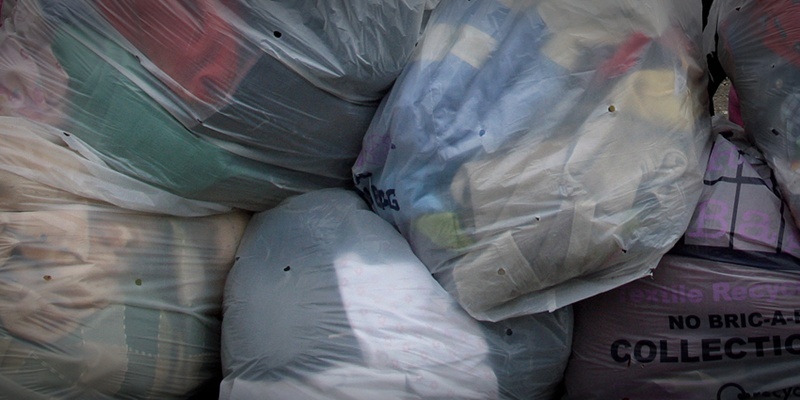Homeowners are being urged not to fall foul of scams that threaten the good work of charities across the country.
Households regularly receive charity bags through their letterboxes, ready to be filled with goods in support of a range of good causes.
The majority of collections are entirely legitimate and are a vital means of raising money for charities and the work they do in the UK and abroad.
Others, however, have little or nothing to do with the charities they claim to represent, with those responsible simply selling the items donated and using the money to support their other enterprises, which can include organised crime.
The growing problem of bogus charity collections is estimated to cost UK charities up to £50 million in lost income annually, with as little as one third of items placed in charity bags making it to shops.
Despite repeated campaigns aimed at raising awareness, research by the British Heart Foundation (BHF) Scotland Shops has revealed that many people remain oblivious to the problem.
Residents are therefore being urged to make some simple checks before donating goods through a household collection.
Legitimate charity collection bags will clearly state what organisations funds are being raised for and feature a registered charity number, which can be checked by visiting www.charitycommission.gov.uk.
Bags should also bear the Fundraising Standards Board (FRSB) tick logo indicating that the charity is signed up to fundraising regulation and to industry standards. A legitimate collection should include a working landline telephone number to call.
British Heart Foundation retail director Mike Lucas said: ”It is vital commercial companies be transparent on their charity bags, particularly around how much profit the named charity will actually make.
”Although this is a legal way to raise money, companies working for commercial gain are a huge problem for charities with high street shops.”
BHF Scotland advises supporters to take any donations directly to a branch and to check charity bags and leaflets for information.
